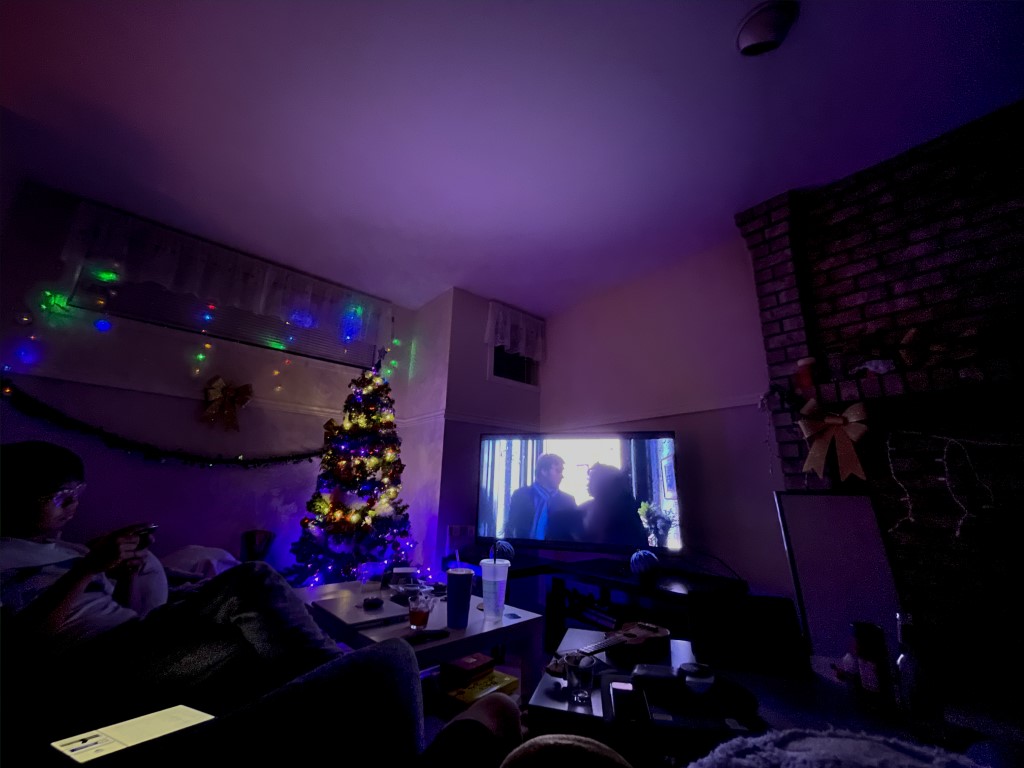
Living with body dysmorphic disorder
By Brittney MacDonald, Life & Style Editor
I don’t think there’s anyone that is 100 per cent pleased with the way they look—and I am no exception. I have struggled with my appearance since I was very young, perhaps even since I entered grade school. I have always had exceedingly bad anxiety, so I suppose that having control over the way I looked was simply a way of ensuring a good first impression, without having to actually talk to someone for the first time. As time passed, I got better at managing my anxiety, but that hyper critical aspect of my personality—with regards to my appearance—never really went away.
When I was a young teenager this manifested itself into various eating disorders, as I became almost competitive in my desire to be the thinnest. Nowadays I still struggle, though, thankfully, I have gained enough perspective to avoid the familiar trap of anorexia and bulimia. I still have times when I think I’m fat, and I get depressed—but these times are then juxtaposed against when I lucidly realize I may have lost too much weight, either because of stress or just not taking care of myself. This also makes me depressed—it’s a pretty fun roller coaster of self-hatred.
I first became aware of body dysmorphic disorder about seven to ten years ago when I was listening in on a psych major defend their doctorate thesis. I knew then that what she was explaining was probably closer to what I had than the more common fear of obesity, because it was less about a general fear of public ridicule and judgment, and more-so about a flaw in the sufferer’s perception of reality.
The Mayo Clinic, a non-profit group dedicated to medical practice and research, defines body dysmorphic disorder as “a mental disorder in which you can’t stop thinking about one or more perceived defects or flaws in your appearance—a flaw that, to others, is either minor or not observable. But you may feel so ashamed and anxious that you may avoid many social situations.”
Essentially, what it boils down to is that what I see in the mirror and what I think I look like wildly differs from what other people see when they look at me. To others I am simply tall and thin—but to myself I am grossly out of proportion. I think I have stomach rolls, while others see an average not-super-flat tummy. You get the idea. The main point is that these perceived flaws often feed into a greater notion of self-doubt and self-hatred that then stop you from fully exploring and taking advantage of various social situations; your insecurities become all-encompassing.
Unfortunately, body dysmorphia is a difficult thing to diagnose, though it is fairly common, especially in people who suffer from pre-existing anxiety—and there really is no treatment for it, other than therapy. For me, I generally try to surround myself with people whose opinions I can trust will be honest, and people who aren’t afraid to tell me to snap out of it, or that I’m being an idiot. Other than that, I try and mask my insecurities as much as possible, or I try and wear things that will hide my perceived flaws—this is probably not the healthiest thing to do, but it works for me and allows me to function on a normal level, at least till I can afford—and am ready—to speak to a professional.


